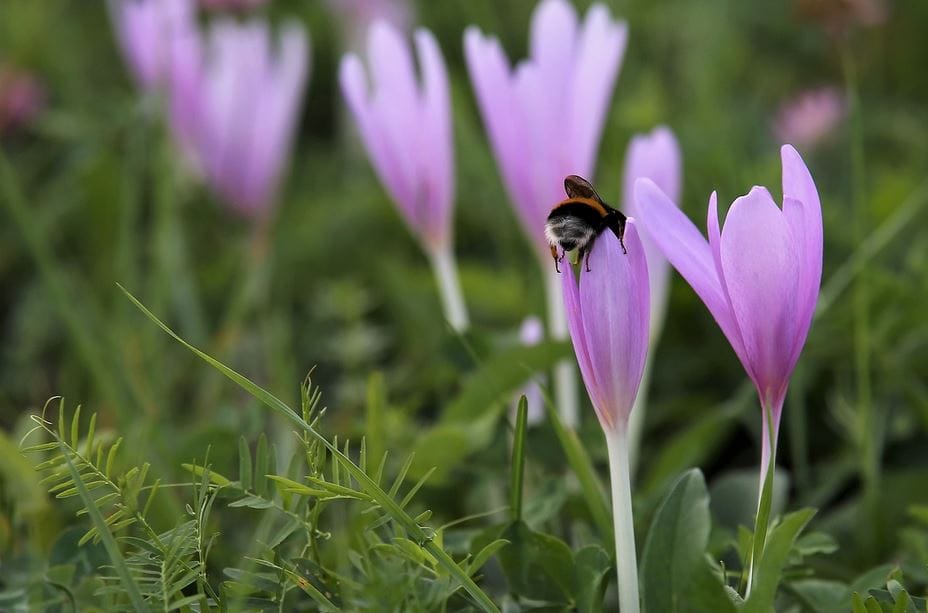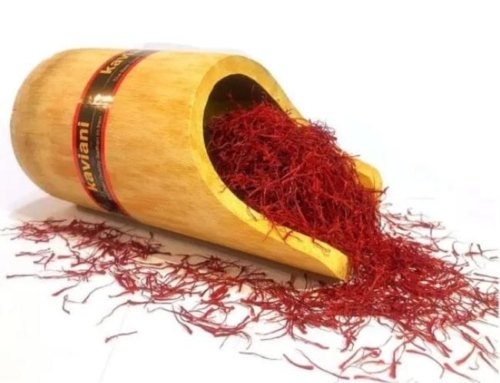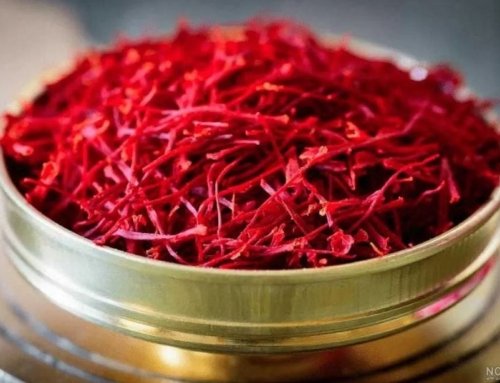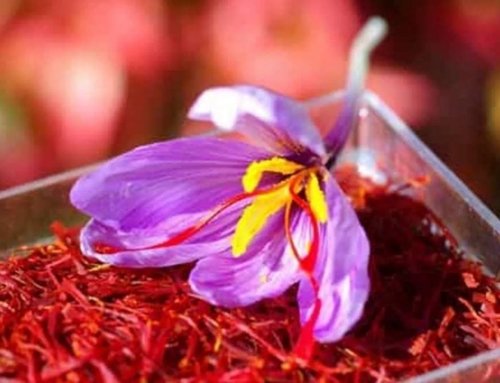 Best Saffron Fungicide
Best Saffron Fungicide
When it comes to saffron, paying attention to the health of the corms and preventing their contamination by fungi is of utmost importance. Various fungi can damage saffron corms, and signs of contamination usually appear as a change in color to white or gray, resembling decay. In such cases, it’s essential to act quickly and use the best saffron fungicide to combat these contaminations and prevent further damage.
Saffron is sensitive to high humidity, and this moisture can lead to significant problems in the plant’s health. Therefore, choosing the best fungicide and fertilizer to combat fungi and strengthen saffron corms is very important. In the following article, we will explore the best strategies and introduce the best saffron fungicides so that you can confidently care for your saffron.
What is Saffron Corm Fungal Disease?
Saffron fungus is one of the most common and serious problems in growing this valuable plant and can rapidly harm its health and performance. Fungal diseases are known to be one of the biggest threats to plants and can lead to symptoms such as root rot, stem decay, abnormal spots on leaves, burn marks, and even shedding of leaves. These problems affect not only saffron but also other plants and vegetables and can jeopardize the production and quality of crops.
To combat these diseases, using fungicides, which fall under the category of pest control agents, is essential. These products help control and inhibit fungi in saffron farms and can assist in treating fungal diseases.
Causes of Fungal Infections in Saffron Corms
Fungal infection of saffron corms is a common issue that can rapidly damage this plant’s health and performance. Several factors contribute to this problem, and identifying and managing them can help prevent contamination. Some of the causes of saffron corm fungal infections include:
- Excessive moisture and improper watering: Watering too frequently without proper management can lead to moisture accumulation in the soil, creating favorable conditions for fungal growth.
- Poor drainage: Inadequate drainage allows water to accumulate around the corms, providing a breeding ground for fungi.
- High air humidity: Excessive humidity can further increase the risk of fungal contamination, particularly in hot and humid regions.
- Heavy watering after a dry spell: Heavy watering following a period of dryness can cause a shock to plants, making them more susceptible to infections.
- Small and weak corms: Smaller and weaker saffron corms are more vulnerable to disease-causing factors and fungal infections.
Understanding these causes and managing them appropriately can significantly help preserve saffron’s health and quality.
Which is the Best Fungicide for Saffron?
To protect saffron and prevent fungal damage, selecting the best fungicide is critical. Some of the major fungi that can infect saffron include saffron smut, Rhizoctonia disease, saffron blight, and Burkholderia bacteria. These fungi can not only cause discoloration but also lead to rotting and collapsing of saffron corms. Therefore, using an effective and efficient fungicide is essential.
Potassium phosphite fertilizer is an ideal option for controlling and preventing these diseases. This fertilizer, especially because of its nanotechnology formulation where the particles are small enough to be absorbed by the plant quickly, is highly effective.
With compounds like 52% phosphorus, 34% potassium, and 14% amino acids, this fertilizer not only works as a fungicide but also strengthens the plant’s resistance to harsh environmental conditions like extreme temperatures. One unique feature of this fertilizer is its ability to repair and treat cells damaged by disease. As soon as this fertilizer is applied to saffron, the plant’s defense system is activated, working quickly to fight off the fungi. Moreover, potassium phosphite fertilizer can alter the pH of the soil, creating an unfavorable environment for the growth of fungi.
This highly effective fertilizer is available in three different sizes (1 liter, 5 liters, and 20 liters), so you can choose the one that best suits your needs and help improve your saffron’s health and performance. Using potassium phosphite fertilizer can provide you with peace of mind knowing your saffron corms are protected against fungal diseases.
The Best Time to Use Saffron Fungicide
The best time to apply saffron fungicide is heavily influenced by the seasons and growth stages of the plant. It’s recommended to apply potassium phosphite immediately after detecting the presence of fungi in the plant. Fungi are especially prone to grow during the early fall, especially after the first watering, as well as during the spring season. Therefore, applying fungicides during these times can significantly help control and prevent fungal infections.
If you apply potassium phosphite when saffron grass is still lying on the ground, it will be especially effective. Additionally, before planting saffron, you can dip the corms in a potassium phosphite solution to increase their resistance to fungal diseases from the very beginning.
Another consideration is that the timing for fertilization should be limited to the morning or evening. These times reduce heat and direct sunlight, helping to minimize the loss of fertilizer and maximize its effect. By following these tips, you can ensure your saffron’s health and optimum performance.
How to Prevent Fungal and Mite Infections in Saffron
Preventing saffron corm contamination by fungi and mites requires adhering to several key practices and using the best saffron fungicide. These measures will not only guarantee the health of the plant but also contribute to increased yield and the quality of the final product. To prevent fungal infection of saffron corms, the following four actions are essential:
- Disinfecting the corms before planting
- Using sulfur-based fertilizers
- Providing proper nourishment to the corms
- Maintaining proper planting depth
Disinfecting the Corms Before Planting
One of the most effective methods to prevent saffron fungal contamination is disinfecting the corms before planting. This can be done using disinfectant solutions, which are highly effective at eliminating pathogens and preparing the corms for planting.
Using Sulfur-based Fertilizers
During soil preparation, you can use granulated sulfur-based fertilizers. These fertilizers not only help nourish the corms but also prevent fungal contamination. Sulfur plays a key role in enriching the soil and helps maintain plant health.
Providing Proper Nourishment to the Corms
Fertilizing the saffron corms during the water soaking and foliar spraying stages is another effective method to prevent fungal contamination. Using suitable fertilizers at these stages strengthens the corms’ defense systems, enabling them to better fight off pathogens. This enhances the plant’s resistance to pests and diseases.
Maintaining Proper Planting Depth
Planting depth is a very important factor in preventing contamination. Saffron corms should be planted at the ideal depth of about 20 centimeters. Planting them too deeply increases the risk of fungal and mite infection. Therefore, adhering to this guideline can significantly impact the plant’s health.
Final Note
By following these key and essential tips, you can effectively prevent saffron corms from fungal and mite contamination. Taking these precautionary measures will help you safeguard the health and performance of your saffron crops.


![Exporting Saffron to Turkey + Price Guide [Complete 0 to 100]](https://www.rowhanisaffron.com/wp-content/uploads/f1-372-500x383.jpg)




Get Social